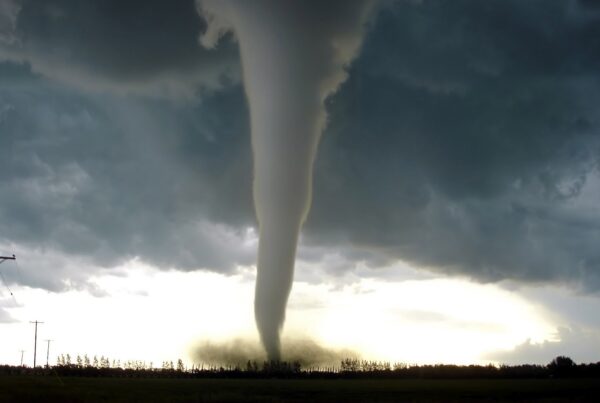Steam was seen quite frequently as a heating medium in many buildings some years ago. Even today it finds use in more specialized heating systems. If your inspection engineering practice addresses older buildings, or more complicated commercial and industrial structures, you are likely to encounter steam systems.
We cannot turn you into a steam system expert in a page or two commentary in The Examiner, but we can discuss some of the most important aspects of steam system operation and point you in the right direction for a greater understanding of them.
Understanding the operation of a steam heating system requires some basic fundamentals regarding steam as a means of transporting heating energy. Yes, that means you might want to drag out your old thermodynamics textbook and read a bit about the characteristics of steam. Steam offers some unique advantages, as well as decidedly different features, when compared with other means of heating (e.g., circulating hot water, forced air, etc.).
While every steam system obviously relies on steam for energy transport, the name “steam system” fails to tell you that once the steam has given up some of its energy and condenses from a heated vapor or gas back to simply being hot water, you are now dealing with condensate. For many people – including engineers – the condensate side of a steam system has a somewhat mysterious quality. Suffice it to say that what goes out as steam for heating purposes comes back as condensate (i.e., hot water). As a mechanical engineer, even I was sometimes confounded by the complexity of the condensate side of many steam systems.
Once envisioning that out and back loop, the next component to get a handle on is the boiler, where energy is added to the water (or condensate) to convert it to steam. Even a home steam heating boiler is equipped with many safety related features that need to be well understood as part of the work of an inspection engineer. Safety valves, low water cutoffs, automatic fill valves, and flame failure detection are some of the many devices found on modern steam boilers. Understanding their purpose and even being able to verify the operation of some of them can underscore your capabilities as a building assessment professional.
While the boiler, steam side, and condensate side form the essential “loop” of the system, subtleties abound in each aspect. Unfortunately, understanding the basic loop will not always ensure you can fully detect problems in the system. Often, system problems involve seemingly innocuous components whose purpose – if not fully understood – become the very source of many issues.
That loop we’ve mentioned contains piping, steam traps, terminal units for space heating, valves, tanks, and assorted controls. Malfunctions in some of these components are associated with a confusing array of symptoms that can be hard to decipher. My personal experience here is that steam traps, various tanks, and associated controls are common places for problems to arise and sometimes they are not easily evaluated. On the other hand, piping, valves, and terminal units tend to be more straightforward and what problems occur with them are more readily assessed.
Another aspect of steam systems that can be difficult is judging adequacy. Examining a building heated by a steam system when the system is up and functioning may provide a reasonable gauge of adequacy. You can check interior space temperatures and be fairly well assured of comfort levels.
But reaching a conclusion with a system that is shut down for the season, or perhaps simply coming on line upon your arrival can be deceptive. Allowing sufficient time for the system to generate steam, become pressurized, and reach a kind of steady state point may take longer than you have. Being able to gauge system capabilities based on equipment nameplate ratings, size, and configuration – as well as apparent state of maintenance – is another hallmark of the experienced inspection engineer.
Piping problems can be common in steam systems too. Improperly supported piping, or piping not designed with sufficient attention to thermal expansion issues can be the source of a various problems.
For many building inspection engineers familiarity with steam systems may be nearly fully based on experience. While experience is an asset when it comes to understanding system basics and evaluating the most common kinds of problems, only a full technical understanding of steam systems will stamp out misconceptions and erroneous conclusions.
While there are any number of good texts on steam systems, a training program can be a real asset to understanding. The American Society of Heating, Refrigeration, and Air Conditioning Engineers (ASHRAE) offers training materials in a variety of subject areas and formats. One of their better known courses focuses on steam systems and is entitled, “Fundamentals of Steam System Design.” Non-members of ASHRAE can purchase the course for $150 while members can obtain it for $128.
Go to http://www.ashrae.org/education/page/761 for further information on the ASHRAE steam course.
*This article had been posted in the Fall 2011 edition of The Examiner.


